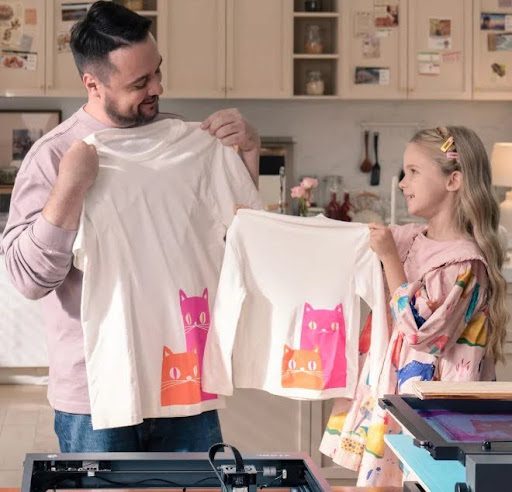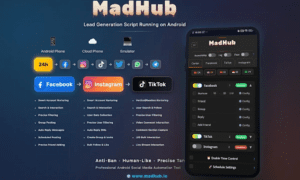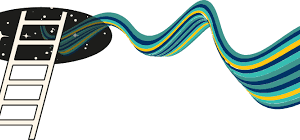In the rapidly evolving landscape of education, technological advancements are playing a pivotal role in reshaping learning environments and preparing students for the challenges of the future. Among these innovations, XTOOL machines have emerged as powerful tools, revolutionizing the way educators teach and students learn in schools, colleges, and maker spaces worldwide. With their user-friendly design and precise cutting capabilities, XTOOL machines are enhancing STEAM (Science, Technology, Engineering, Arts, and Mathematics) education, empowering students to develop essential skills in design, fabrication, and problem-solving.
User-Friendly Design:
Central to the impact of XTOOL machines in educational settings is their user-friendly design, which makes them accessible to students of all ages and skill levels. With intuitive software interfaces and straightforward controls, students can quickly learn to operate XTOOL machines, allowing educators to incorporate them seamlessly into their curriculum. This ease of use not only reduces the learning curve for students but also empowers educators to focus on teaching core concepts and fostering creativity, rather than grappling with complex machinery.
Precision and Innovation:
XTOOL machines are renowned for their precise cutting capabilities, enabling students to bring their design concepts to life with unparalleled accuracy. Whether creating intricate models for engineering projects, designing artistic sculptures for visual arts classes, or fabricating prototypes for scientific experiments, students can rely on XTOOL machines to execute their ideas with precision and finesse. This precision fosters a culture of excellence and attention to detail, helping students develop critical thinking and problem-solving skills that are essential for success in STEAM fields.
Integration into Curriculum:
Educators across disciplines are embracing XTOOL machines as valuable teaching tools, integrating them into their curriculum to enhance STEAM learning experiences. In engineering and design courses, students use XTOOL machines to prototype and manufacture their inventions, gaining hands-on experience with product development processes. In art classes, students explore the intersection of technology and creativity, using XTOOL machines to create intricate artworks and explore new mediums. In mathematics and science classes, students apply concepts such as geometry and physics to design and fabricate functional prototypes, reinforcing their understanding of theoretical principles through practical application.
Preparing for Future Careers:
By incorporating XTOOL machines into their teaching methods, educators are preparing students for future careers in fields like engineering, design, and manufacturing. The hands-on experience gained through using XTOOL machines not only enhances students’ technical skills but also cultivates important soft skills such as teamwork, communication, and problem-solving. As students engage in collaborative projects and tackle real-world challenges, they develop the confidence and resilience needed to thrive in the rapidly changing workforce of the 21st century.
Case Studies and Success Stories:
Numerous case studies and success stories highlight the transformative impact of XTOOL machines on education. From elementary schools to universities, educators have reported significant improvements in student engagement, creativity, and academic achievement after incorporating XTOOL machines into their curriculum. Interviews with educators and students provide firsthand accounts of how XTOOL machines have enriched learning experiences, inspired innovation, and prepared students for future success in STEAM fields.
XTOOL machines are revolutionizing education by enhancing STEAM learning through precision, innovation, and hands-on experience. As educators continue to integrate XTOOL machines into their teaching methods, students are gaining invaluable skills and experiences that will serve them well in their academic pursuits and future careers. With XTOOL machines, the possibilities for educational innovation and student success are limitless, paving the way for a brighter, more technologically savvy future.



































